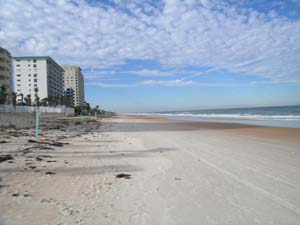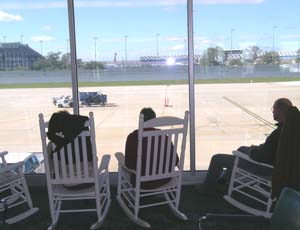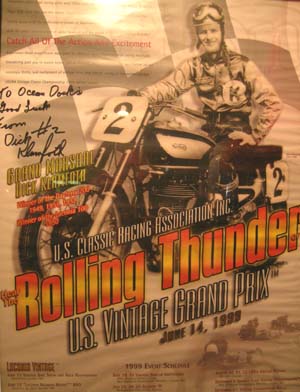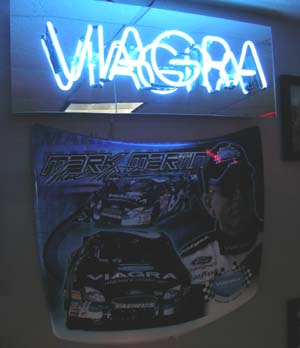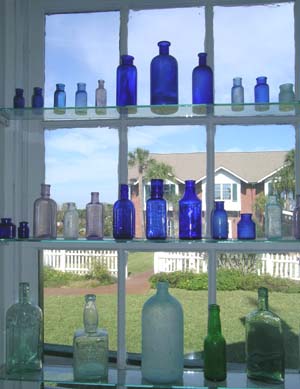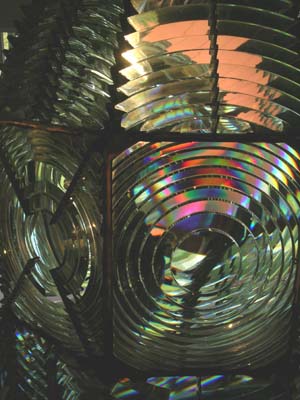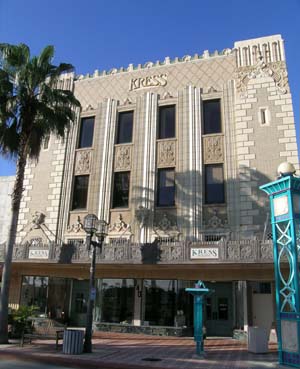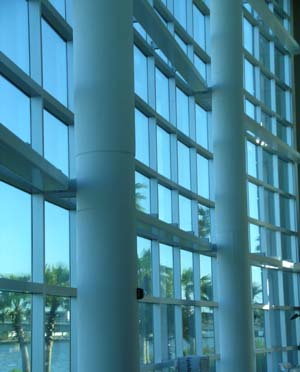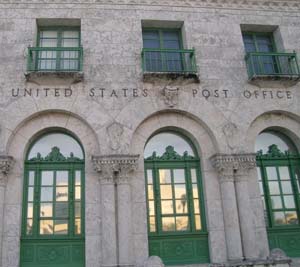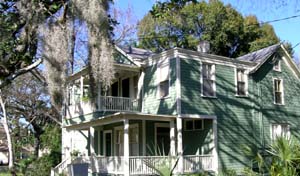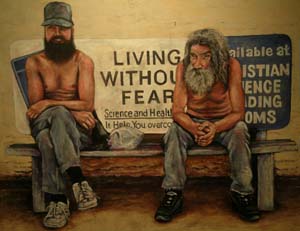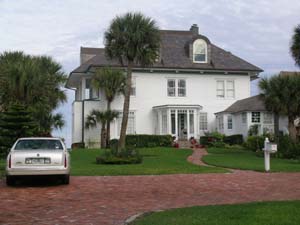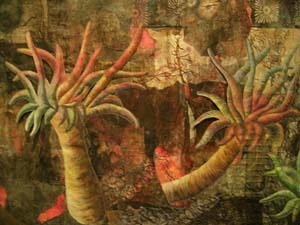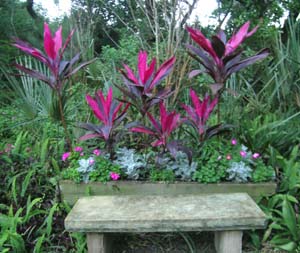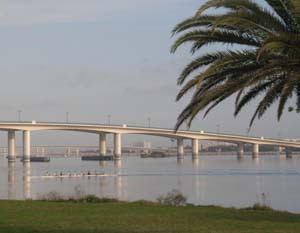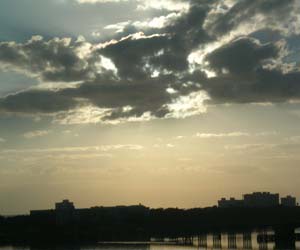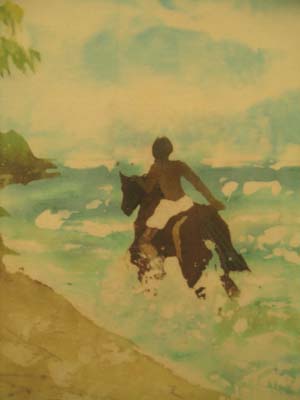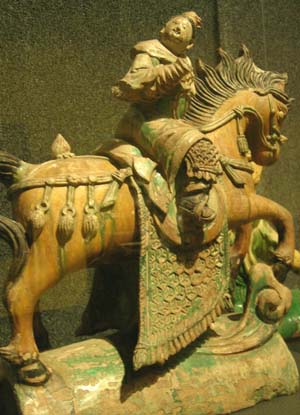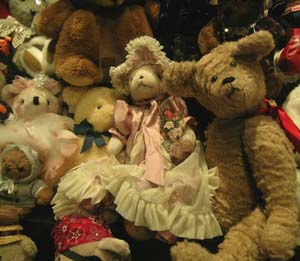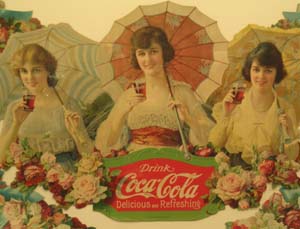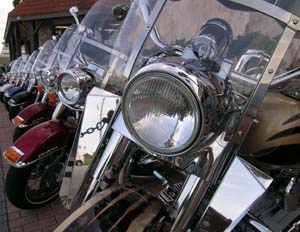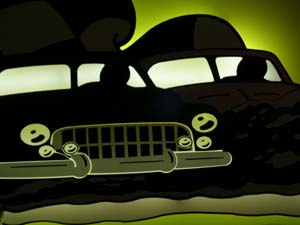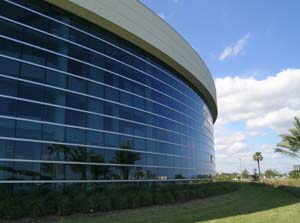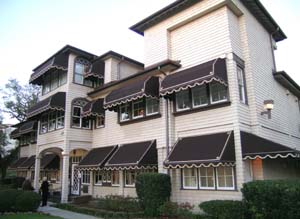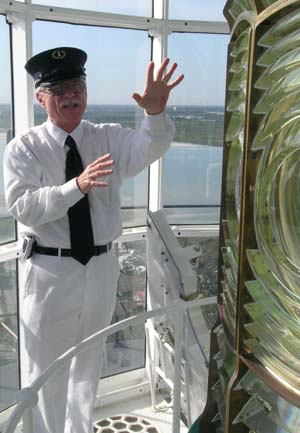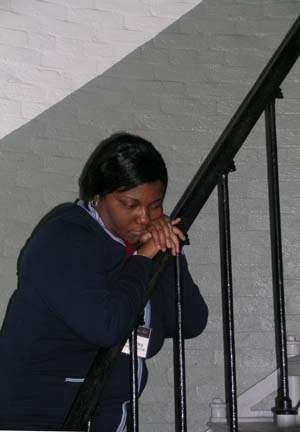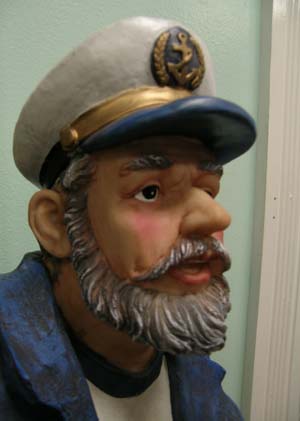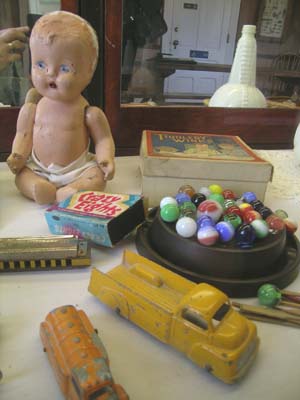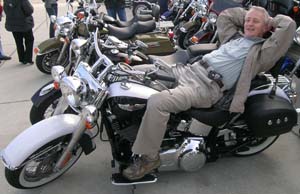| 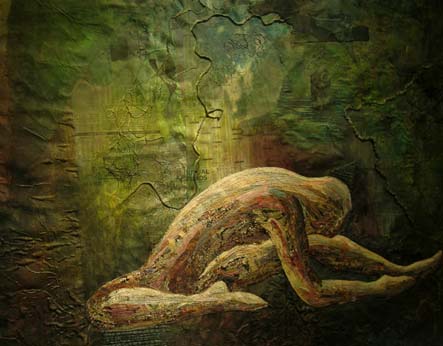
As
I exited the aircraft into the jetway, it became even louder although
still somewhat “out there” and ill-defined. As
I entered the departure lounge, the whine and growl suddenly increased.
As I navigated my way through the crowd, I glanced out the floor-to-ceiling
windows and there it was on the other side of the tarmac; the Daytona
International Speedway where the Rolex 24 was underway.
Stupid
me.
The
eye of the beholder
I
have come to Daytona Beach not for the cars and the motorcycles,
but to experience this city as an arts and cultural destination.
Because of the vigour and energy at the core of this city (and yes,
it is to a great extent due to the multiplex culture of the internal
combustion engine) I learn very quickly to adjust my frame of reference,
and to add some new dimensions to what I have always considered
“art.” I learn once again to beware the
fixed notion when travelling.
And
the first benefit I gain from visiting Daytona is to re-examine
the whole notion of what is art. I know, I know ... we have been
having that debate/discussion for eons; and yet the reason we continue
to dialogue about the nature of art is probably because we have
not reached a full consensus on the issue. And perhaps that is just
as well; perhaps that is the ongoing nature of art. Perhaps
that is why Daytona is a great location in which to pursue the truly
representative and experiential side of art — in The Birthplace
of Speed.
An
integrated arts community
It
is a fundamental human need to communicate through diverse media
— through art especially. And a visit to the Daytona
Art League and a brief conversation with Nan Jacoby
confirms that there is a very grassroots arts community in Daytona;
which serves as a role model for any community. The juried show
we attend is a very professional exhibition that is also very organic
in nature. This is a community in which there is a strong commitment
to the arts and — as I start to realize — an arts scene
that has an “exhilaration factor” that is to be found
elsewhere in speed city. Passion for the arts in Daytona is not
overshadowed in any way; it is a complementary cultural phenomenon
here.
Outside
the Ormond
Memorial Museum, there is a quiet, almost labyrinthine-like
tropical garden that is an appropriate apéritif
to the collection inside, including one of the most expressive contemporary
exhibits I have seen in a long time. It is clear that, artistically
speaking, Daytona is a bold and daring arts town.
Let
me go out on a limb and say that music is to Daytona as a moveable
feast is to Paris. If it is a regional production of a Broadway
musical comedy production (regional theatres in North America are
not just "little theatres"), you will find it at The
Seaside Music Theatre which, by the way, is a relatively
new and architecturally grand venue that refocusses downtown Daytona
from an enlightened urban planning point of view. Or if it is classical
music that is more to your taste, The
Daytona Beach Symphony Orchestra which performs in
the elegant Peabody
Auditorium. Was it just my luck that the Hungarian
Symphony Orchestra was in town and performing the works of three
of my favourite composers: Mussorgsky, Liszt, and Dvorak?
I
happen to be a special fan of the art of photography, and recognize
it as thus. I also am very encouraged that in the digital age many
of us can now try our hand at this art form. As we have always known,
art thrives when ordinary people can not only access it but also
experiment with it. I am not of the school of thought that says
that the digital image has laid waste to the "true" photographic
art form. Au contraire mes chers. I believe that the new technology
has given us an even greater appreciation for the art photographer.
And the superb Southeast
Museum of Photography is proof positive that photography
as an art form is very much part of the consciousness of the people
of Daytona. And once again, Lady Luck smiled on this aging wanna-be-again
hippie when I was fortunate to step into the middle of an exhibit
in progress ( “Kiss the Sky: the Music of the 1960s”)
and spend
some quality and nostalgic time among the likes of Joni Mitchell
and Neil Young (ahem ... Canadians eh?).
Perhaps
the most integrated art experience I had in Daytona was at the Daytona
Museum of Arts and Sciences, one those beautiful art/history/sociology/anthropology
hybrids that manages to showcase so much of local culture and at
the same time serve a comprehensive civic purpose that is dynamic,
focussed, and enlightened. And I should mention relevant. I found
the "Cuba:
A History in Art" permanent collection particularly
instructive and willing to not avoid controversy, given especially
what is inevitably to come in Cuba in the near future. The only
downside to this prodigious institution was that I only had one
day to visit it and had to make a list of galleries that I would
see the next time. This was, in part, because I tarried in the Gallery
of Chinese Art where, as a fan of ceramics, I found
some wonderful pieces.
But
before I forget, let me recommend some other art and architectural
sites that you should add to your "Let's Go Arts in Daytona"
itinerary:
The
Halifax Historical Museum
and
The
African-American Museum of the Arts
Andy
Warhol has died and gone to Daytona
Pop
art is ... um ... art.
And
everywhere I went in Daytona I saw Pop Art: "intentional"
Pop Art and the "real thing" which embodied this particular
genre in a kind of archetypal way.
Pop
Art came to the fore in Britain in the mid 1950s later in the U.S.
Considered a major art movement of the 20th century, it highlights,
celebrates, and in a way explains or makes statements on mass popular
culture. Some see it as a reaction to other traditional or even
abstract art forms. As a counterfoil for what some see as an elitist
art culture, Pop Art can take what may appear banal and make it
meaningful.
I've
always kind of "got it" when it comes to Pop Art, but
a visit to Daytona made me really appreciate it as an expression
of human behaviour. Here again, that other culture in Daytona has
had a big impact on the city being a Pop Art destination. I spent
considerable time in Bruce
Rossmeyer's Harley-Davidson dealership just looking
at the images, imagery, and interpreting them. And then when I got
home, I rushed to the library to get a copy of Zen
and the Art of Motorcycle Maintenance to revisit the
little epiphanies that that cutting edge book gave me. I'm not about
to become a RUB (Rich Urban Biker) but since my visit to Daytona,
I have a much greater awareness of this sub-culture.
To
the lighthouse
Illumination
is — if all goes well — the essence of the artistic
experience; not unlike travel.
Like
many people, I have always found lighthouses fascinating subjects
in themselves. Each is a narrative in itself and a symbol of lives
lived (often in solitude) and lives of purpose; in many ways the
most fundamental of purposes.
Many
aficionados of lighthouses consider them works of art; and I agree.
Structurally, architecturally, and aesthetically they can be quite
stunning. They are also structures that often emphasize symmetry
and (I'll dare to say it) a kind of nobility.
The
Ponce
de Léon Inlet Lighthouse is one such work of
art. It is grand, proud, and magnificent. It is also the
spot in Daytona where you can get the full view, and the whole perspective.
The
art of achieving human rights
Visionaries
and morally courageous people have always been students of what
has been known as the liberal arts.
The
"liberal" in Liberal Arts comes from the Latin word liberalis,
meaning "appropriate for free men" and a term that denoted
class distinctions: the elite versus the working class who served
the needs of the former but were not required to have the same educational
opportunities.
Originally
seven liberal arts made up the core curriculum of the medieval universities.
Of the two groups of studies, one focussed on logic and rhetoric,
amongst other skills.
Dr.
Mary McLeod Bethune was an early civil rights leader, educator,
and founder of Daytona's Bethune-Cookman
College. She was also a person who knew intuitively
and through personal struggle that the power of speech and the power
of reasoning were "arts" that any enlightened and truly
civilized society must possess.
Through
her work, determination, persistence, and with a little help from
her friends (such as Eleanor Roosevelt), she fought against racism
and served as an unofficial advisor to President Franklin Delano
Roosevelt.
She
knew that education was the key to social advancement and to this
end she devoted much of her life to providing such opportunities
for African-Americans. Along with other pioneers like Jackie
Robinson (Daytona was the first U.S. city to allow
him to play), Dr. Bethune has also made Daytona an African-American
heritage destination.
The
Florida Memory Project has also paid tribute to Dr.
Bethune through its online resources.
In
an interview, Dr. Bethune was asked about the influences in her
life, especially that of her mother, and about a time when she learned
that a mission school had been built for non-white children and
that she was able to go to school at last. She said:
“You
know, my mother was one of those grand educated persons that did
not have letters. She had a great vision, a great understanding
of human nature....
My
mother had a great philosophy of life. She came down from one
of the great royalties of Africa. She could not be discouraged.
No matter what kind of plight we found ourselves in, she always
believed there was, through prayer and work, a way out. And it
was one of the greatest things she stimulated life with….
that determination that there was a way out if we put forth effort
ourselves.”
For more
information on Mary Mcleod Bethune, visit www.bethune.cookman.edu.
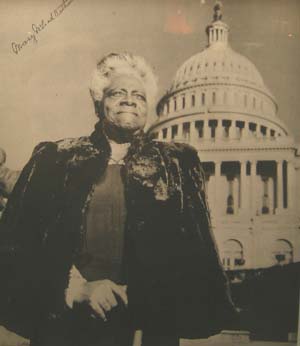
The
culinary arts in Daytona
Dining
in Daytona is a contextual experience. First, the food is good.
Fine diners or funky food faddies will love this town. And if you
are into the sociological and pop history side of dining, many of
Daytona's dining establishments will delight all your senses. From
fun to finesse, the city has it all.
Here
are some recommendations:
La
Crêpe en Haut
The
Dancing Avocado Kitchen (110
South Beach Street; Tel: 386-947-2022)
Christina's
Beach Street Café
(246 South Beach Street; Tel: 386-258-7112)
The
Cellar
The
Daytona Diner
(290½ North Beach Street; Tel: 386-258-8488)
Racing's
North Turn Beach Bar and Grille
The
Stonewood Grille and Tavern
Cultural
Juxtaposition in Daytona
What
I found so interesting in Daytona Beach was the integration and
concordance of various sub- or corollary cultures. This in itself
suggests a healthy and vibrant community.
“Culture”
is one of those concepts and terms that we tend to bandy about
without giving it too much thought. And yet human culture is a
very complex and a fascinating area of study. Although the term
often conjures up notions of being “educated” or “trained”
in a specific ways, it really is much more. The broadest and most
comprehensive definition of culture refers to how collective behavior
patterns are socially transmitted through such areas of human
endeavour as the arts, belief systems, social institutions of
all kinds, commerce, and all other “products” of human
achievement and thought.
Studying
human culture — and travel is often an almost subliminal
study of it — reveals behavioural patterns, general traits,
and even specific commercial products and how the latter represent
cultural social values. The aforementioned cultural elements are
also usually the expression of a particular time period, social
class, a distinct community, or the population in general.
A visit
to Daytona Beach is in many ways a mini-course in cultural anthropology.
"Now
it's become apparent that this [cultural change] isn't a fad
that's going to go away next year or the year after. It's here
to stay because it's a very serious and important way of looking
at things that looks incompatible with reason and order and
responsibility but actually is not... It was an intrusion on
his reality. It just blew a hole right through his whole groovy
way of looking at things and he would not face up to it because
it seemed to threaten his whole lifestyle."
"And,
of course, when you discover something like that it's like discovering
a tooth with a missing filling. You have to probe it, work around
it, push on it, think about it, not because it's enjoyable but
because it's on your mind and it won't get off your mind....
because the irritation seems symptomatic of something deeper,
something under the surface that isn't immediately apparent."
“To
an experienced Zen Buddhist, asking if one believes in Zen or
one believes in the Buddha, sounds a little ludicrous, like
asking if one believes in air or water. Similarly Quality is
not something you believe in, Quality is something you experience.”
—
Zen and the Art of Motorcycle Maintenance, by Robert Pirsig
|
The
Subtle Side
of Daytona Beach
by Bob Fisher
When
the aircraft pulled up to the gate and the engines shut down, I became
aware of a strange sound somewhere in the mid-distance. It was alternately
a roar and a whine, oscillating crazily but not quite within my range.
It made me think of a dentist's drill and my trick, at such times,
of going away somewhere else in my mind to escape the vibrations in
my head. I swallowed hard several times thinking that my ears had
not yet re-pressurized, but the sound was still there.
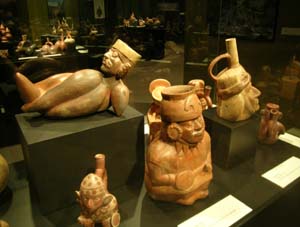
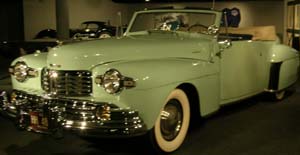
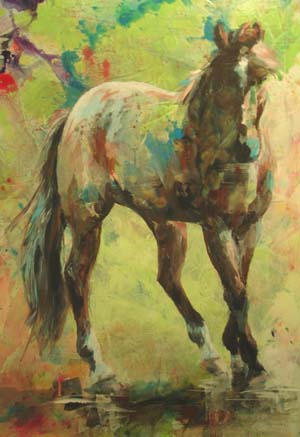
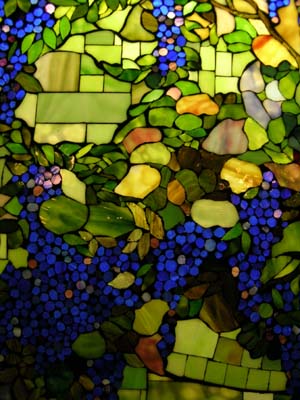
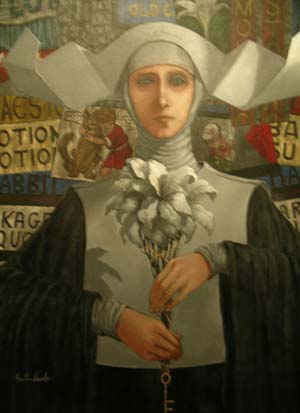
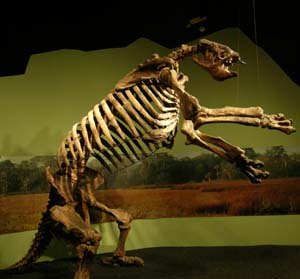
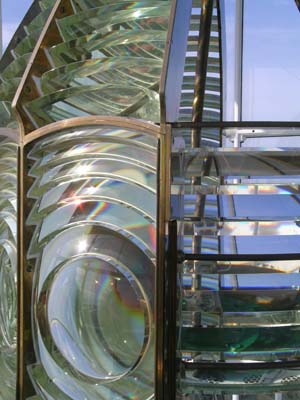
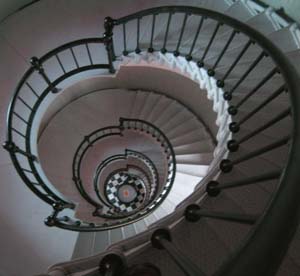
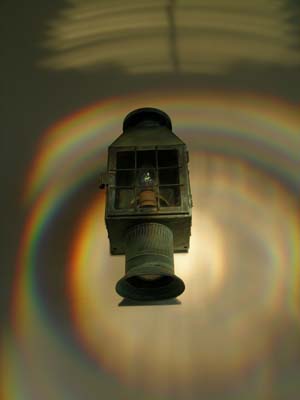
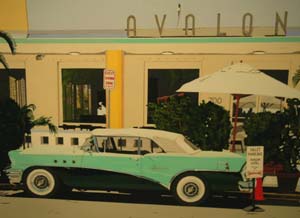
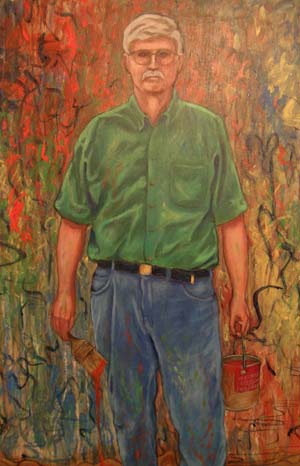
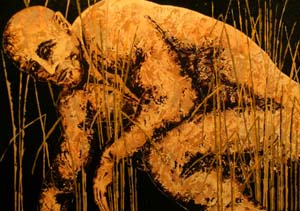
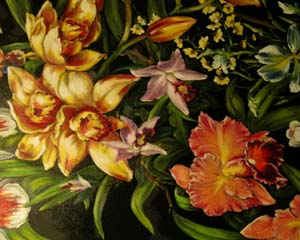
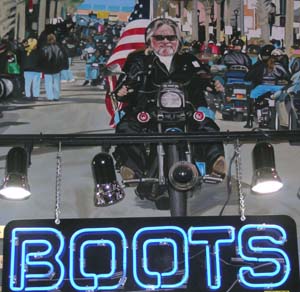
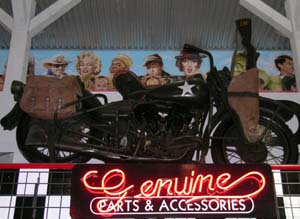
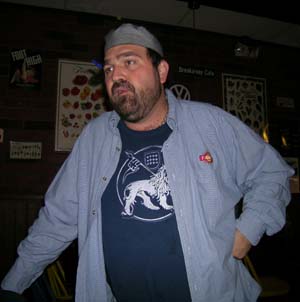
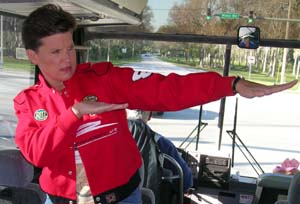
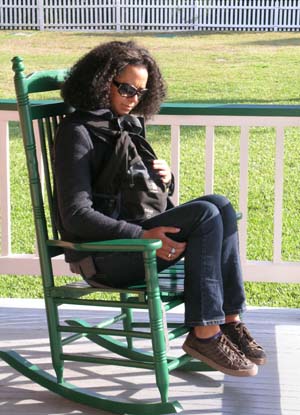
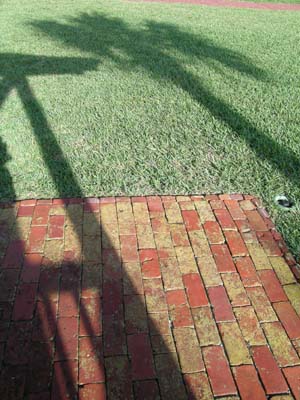
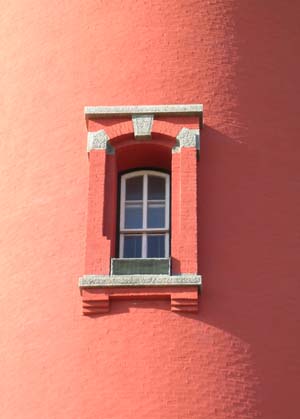
|
